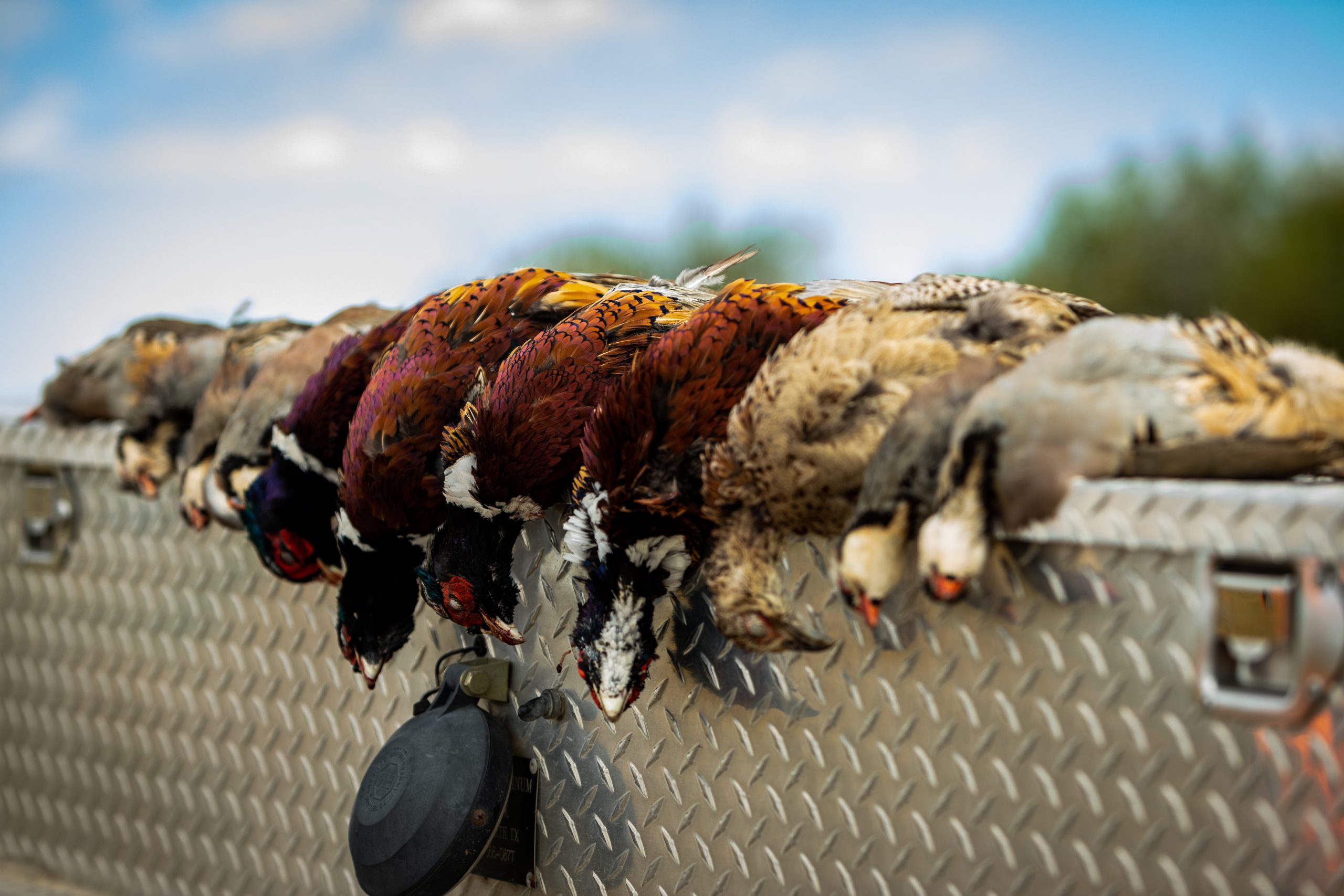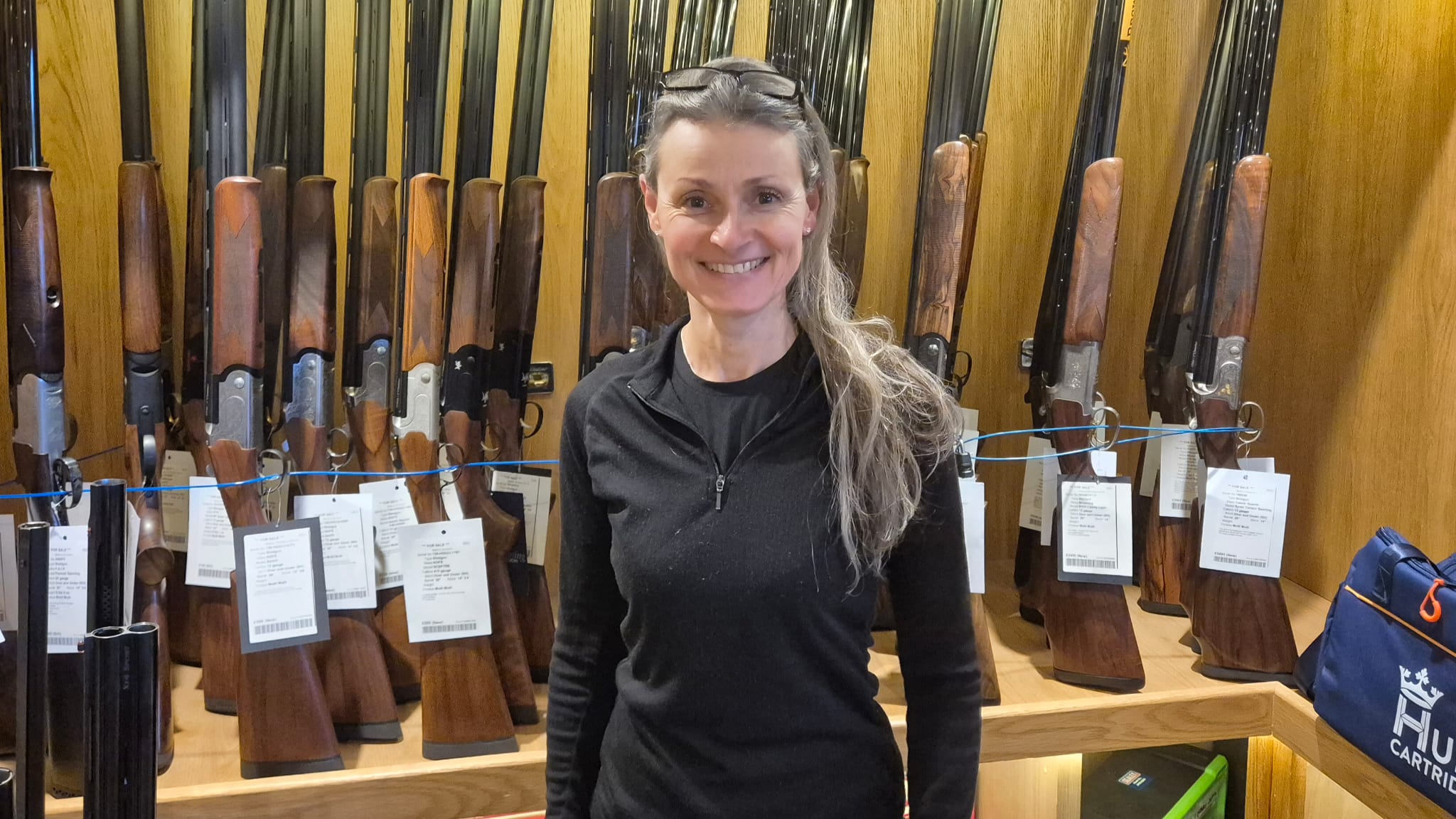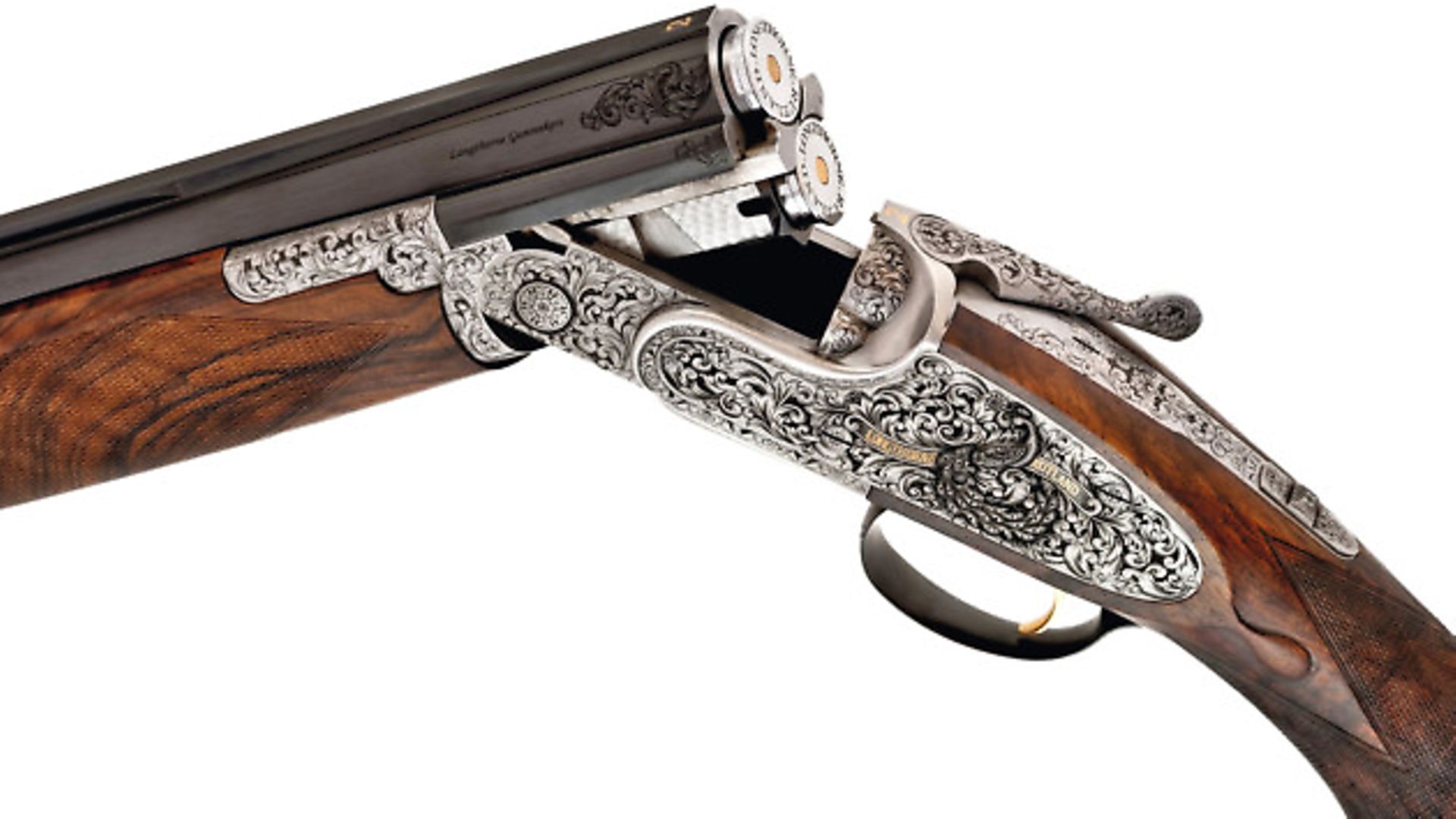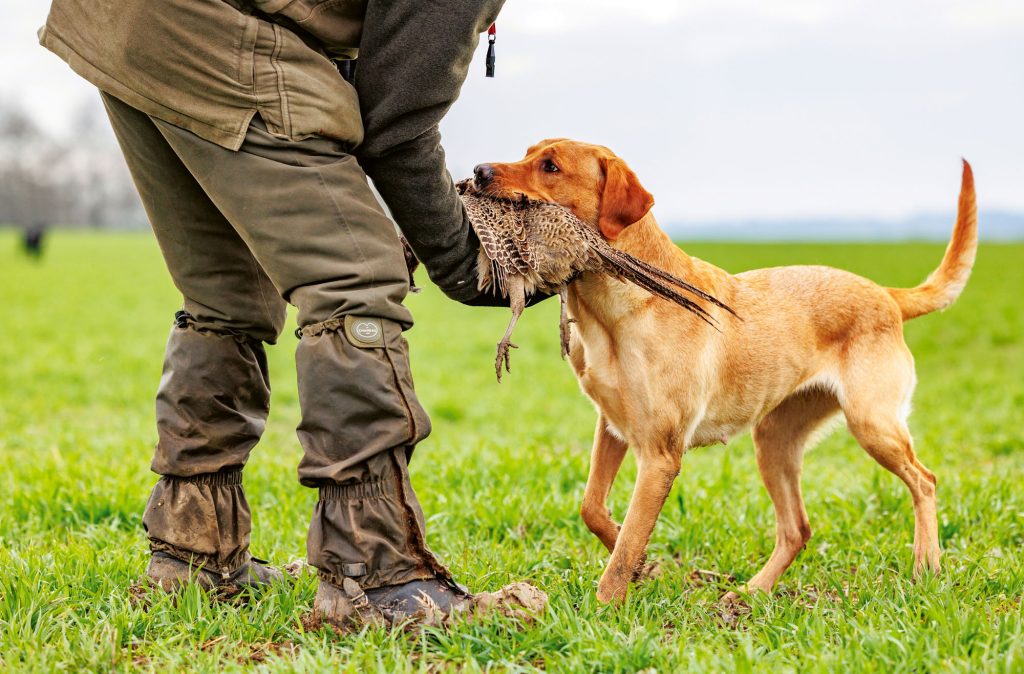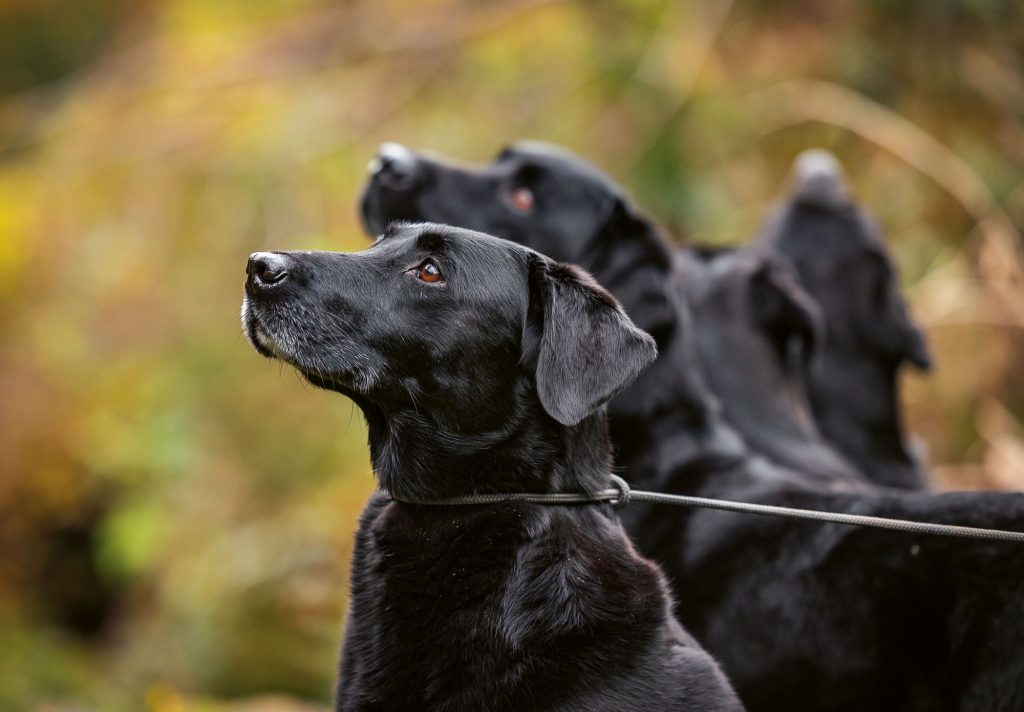Tube talk: 10 little known facts about barrel making
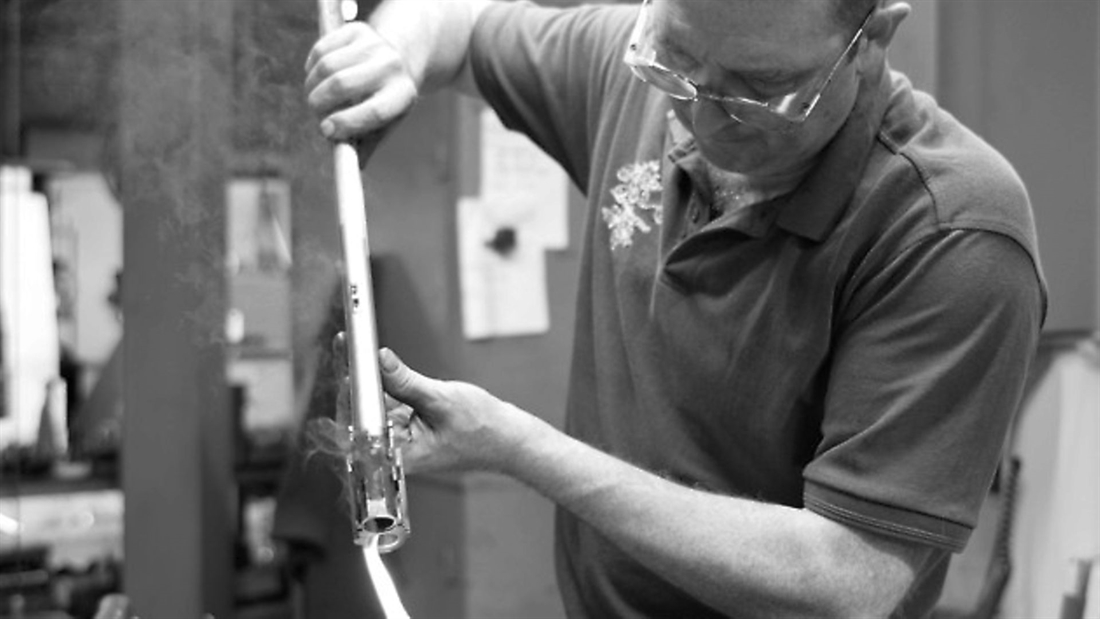
Longthorne Gunmakers kicks off its new series with an insight into making barrels
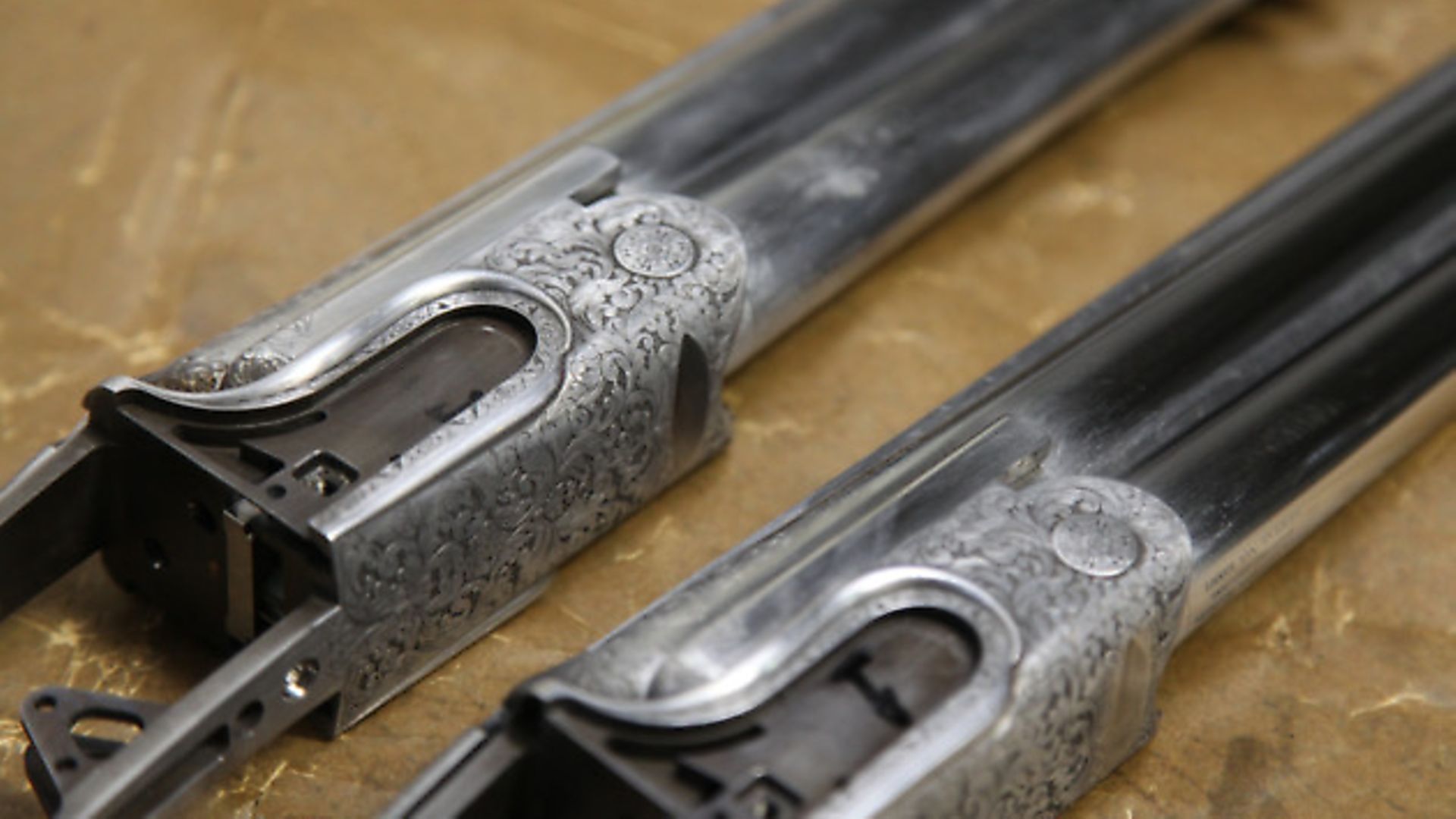
Sporting Shooter has invited Longthorne to share some of its gunmaking knowledge and philosophies with you over the coming months. Here, Longthorne share 10 facts that unravel some of the mystery behind barrel making…
1. There are several conventional methods of producing barrels.
2. A chopper-lump or demi-bloc (demi meaning two) involves two separate forged tubes with a larger head that can be machined to produce a dovetail which is then silver-soldered together at the breach end.
3. Monobloc (mono meaning one) barrels involve inserting two tubes into a single, solid piece of metal at one end. This is generally accepted as being a much stronger method than the demi-bloc method.
4. Both of these methods involve ‘pulling’ the bottom barrel towards the top barrel (in over-and-unders) and soldering into position to allow the front of the barrel to converge with the top. The ribs are also soldered into position.
5. Because the aforementioned barrels are made to ‘converge’ it is critical that these barrels be made correctly and be regulated to shoot at a given distance. Providing they are made well by someone who knows what they are doing (such as top barrel makers Bill or James Blacker) and are regulated correctly, barrels made this way are functional.
6. Converging means that the paths the shot takes from both barrels should cross at some point at a given distance in front of the gun. This should be (regulated at) around 30-40m.
However, in reality this often does not occur. In tests we have performed with laser bore sights in the chambers, on numerous barrels the shot is converging, in a worst case scenario, as little as 3m in front of the gun, which means that the bottom barrel will shoot ‘high’.
7. Surprisingly, you don’t necessarily get what you pay for in this regard as some of the cheapest guns have produced better results than some of the more expensive ones in our tests.
8. In fully machining our barrels from a single piece of high specification steel, and this includes the fore-end loop and ribs, our over-and-under barrels are perfectly straight, being honed to micron tolerances and parallel, meaning that the shot leaving the gun remains on a more consistent path.
9. Having only a 2-3mm gap between the barrels (depending on gauge) results in nice, tight patterning and they don’t have to be further regulated. Another advantage of using this method is that blacking chemicals are unable to get trapped in soldered joints and cause corrosion.
10. Although functional, it is extremely difficult to get soldered barrels to remain straight as the heating process can cause softening and distortion of the base metal, meaning that it is more difficult for a projectile (i.e. shot charge) to leave the gun. This is one of the reasons felt recoil is experienced. Felt recoil is reduced in Longthorne barrels because they are perfectly straight and there is nothing hindering the exit of the cartridge. For the same reason muzzle flip of the gun is significantly reduced.

